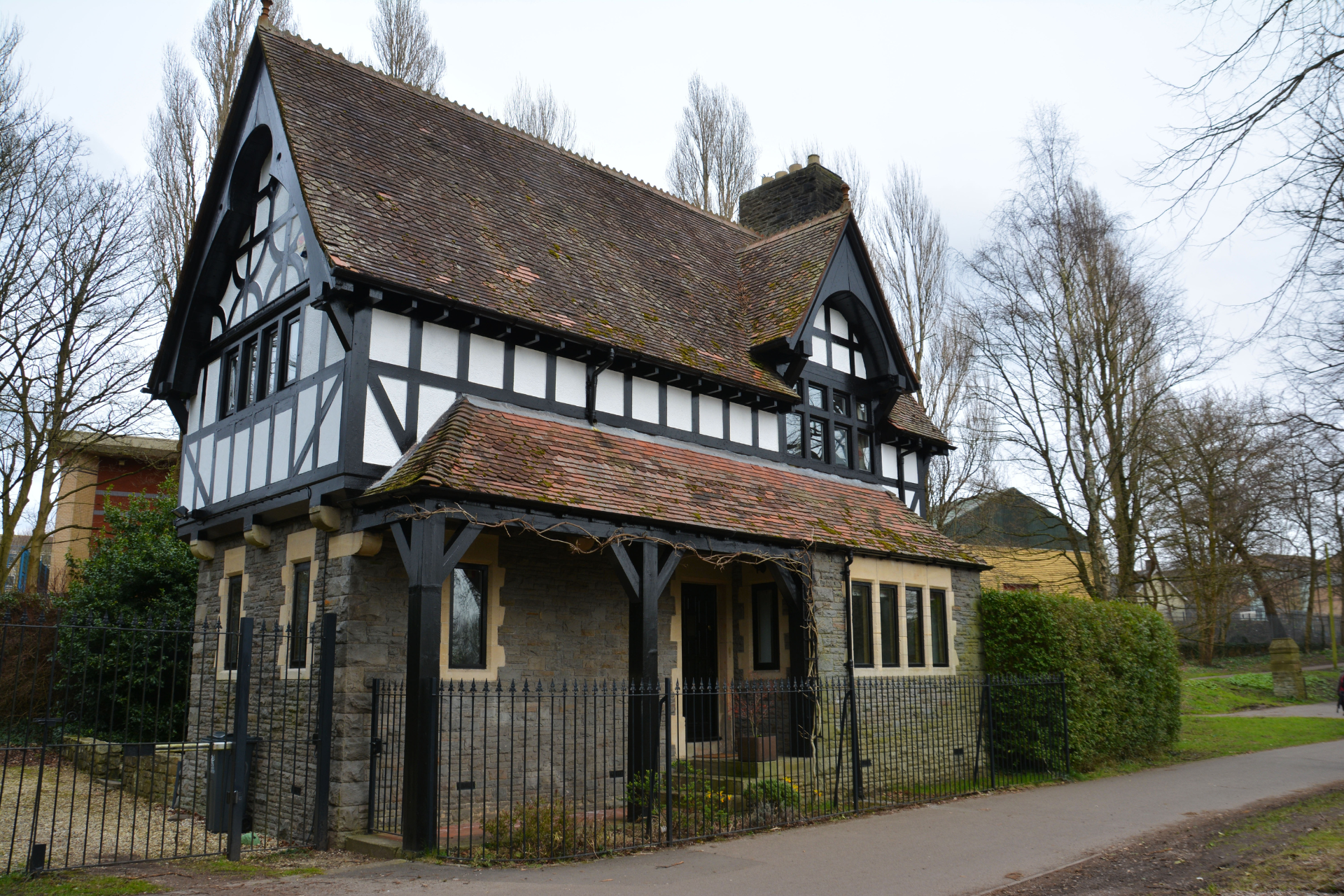Mock Tudor Houses: Timeless Beauty and Modern Living

A staple of British architecture that has stood the test of time, mock Tudor houses have captivated homeowners for decades with their timeless elegance and captivating features. Seamlessly blending classic Tudor aesthetics with the practicalities of modern home ownership, these homes capture the essence of old-world allure and bridge the gap between past and present. From their distinctive exposed timber framing to the characteristic steeply pitched roofs, each Tudor-inspired residence tells a story of tradition and sophistication, so read on to explore the enduring appeal of Tudor style homes.
The History and Characteristics of Mock Tudor Houses
The history of Tudor-influenced houses dates back to the late 19th and early 20th centuries, when a revival of Tudor architectural styles emerged as a response to the Victorian era’s industrialisation. Architects and builders sought to evoke a sense of nostalgia for England’s architectural heritage, leading to the construction of homes with timber framing, half-timbering, and decorative woodwork reminiscent of Tudor-era buildings. These houses were designed to mimic the appearance of genuine Tudor structures, and continue to enjoy widespread popularity among homeowners who want a home with distinctive historical charm without compromising on structural integrity or security.
The most distinctive characteristics of these properties include their exposed timber framing, which creates a visually striking contrast against the exterior walls. This instantly recognisable installation is often complemented by the inclusion of leaded windows, decorative half-timbering, and steep roofs, all of which contribute to their unique and timeless appeal.
Modern Innovations
Despite their historical inspiration, modern Tudor-style houses have evolved to incorporate contemporary materials and construction techniques, helping them retain their classic appearance while ensuring durability, structural integrity, and longevity for today’s homeowners.
While traditional Tudor houses were constructed using oak beams, modern designs often utilise alternative materials such as engineered wood or synthetic products designed to replicate the appearance of timber. These modern materials offer several advantages, including increased resistance to rot, warping, and insect damage, and offer superior strength and stability when compared to traditional materials which become worn down or require frequent maintenance, repairs, and replacements. This structural integrity in turn enhances the structural integrity of the home, making them a practical choice for homeowners seeking the aesthetic appeal of Tudor architecture without the excessive maintenance requirements associated with authentic wood construction. Similarly, the reduction in materials used and the reduced need to replace the wooden beams helps modern homeowners to prioritise sustainability, exemplifying a harmonious balance between historical elegance and contemporary sustainability.
In addition to their durability, modern beams, boards, and planks used in these projects also provide enhanced resistance to moisture and temperature fluctuations, reducing the risk of decay or deterioration over time. This is particularly advantageous for homeowners in areas that experience frequent rainfall or storms, as it offers excellent protection against weathering for the exterior elements of the house. Finally, the use of modern materials for beams and boards allows for greater design flexibility, enabling homeowners to customise their designs according to their preferences while staying true to the timeless aesthetic of Tudor architecture.
Another modern design element that has emerged as a popular choice is the inclusion of energy-efficient windows and doors, which not only contribute to the overall sustainability of the house but also nod to the traditional aesthetic of Tudor architecture. In historical buildings, leaded windows are a hallmark of Tudor architecture but are often considered purely decorative, as they offer poor insulation and weather protection by modern day standards. More modern, better sealed windows are called for in modern, Tudor inspired homes, as they can be specially replicated using materials that offer improved thermal performance and are installed and sealed to reduce heat loss and enhance indoor comfort.
Another popular design element is the integration of advanced roofing materials, such as synthetic slate or composite shingles, that mimic the appearance of traditional thatch or clay tiles. This choice is already a safer, more practical adaptation of Tudor styles, as many of the original buildings included thatched roofs, which are simply too impractical or expensive to be widely used. As the tiled, steeply-pointed roof remains a key focal point of the overall design, these modern roofing options provide increased durability and weather-resistance while preserving the authentic Tudor look, and the low-maintenance alternatives allow homeowners to achieve the distinctive, gothic-inspired aesthetic whilst minimising the need for ongoing upkeep or repairs.
Designing Your Ideal Tudor Style Home
When designing, maintaining, or renovating mock Tudor houses, it’s essential to consider the balance between preserving its historical character and integrating modern improvements. By combining specialist features and expert craftsmanship with sensitivity to the original design, you can ensure that the historical charm and architectural integrity of your project surpasses your expectations and meets your practical needs and preferences.
If you are undergoing your own mock Tudor redesign project, then contact Tudor Boards today for a range of durable, contemporary design features to bring your vision to life.